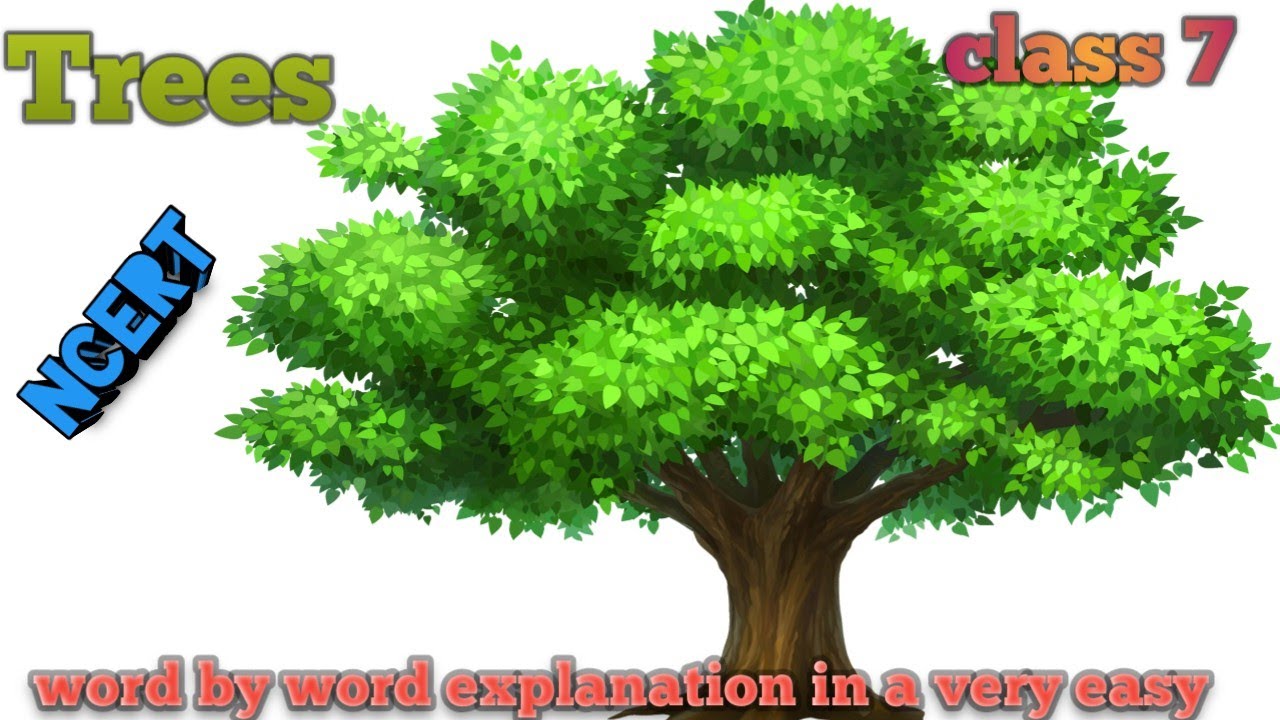
About Lesson
Summary of “Trees” by Shirley Bauer
Introduction:
- “Trees” is a poem by Shirley Bauer that explores the various roles and uses of trees in human activities and nature.
Key Points:
-
Interactive Nature of Trees:
- The poem highlights the interactive relationship between trees and human activities.
- Trees are depicted as integral parts of games and activities enjoyed by children.
-
Trees in Human Activities:
- Trees are used for building tree houses and supporting swings.
- They provide shelter and serve as hiding spots in games like “Hide and Seek.”
- Trees offer shade in summer and allow the wind to blow through, creating a cooling effect.
-
Tree’s Role in Nature:
- Trees bear fruits such as apples and pears, which are enjoyed by humans and animals alike.
- The act of chopping down trees is depicted with the playful call of “TIMBER-R-R!”
-
Parental Perspectives:
- Mothers appreciate the aesthetic beauty of trees, seeing them as ideal subjects for painting.
- Fathers see trees as sources of work, especially when the leaves need to be raked in fall.
Discussion Questions:
-
What are the games or human activities that involve trees, according to the poem?
- This question encourages students to identify the different ways trees are utilized in human activities.
-
Explain the line: “Trees are to make no shade in winter.” How does it contrast with the line immediately before it?
- Students are prompted to analyze the seasonal function of trees and their role in providing shade.
-
Discuss the purpose of trees according to the line: “Trees are for apples to grow on, or pears.” Is it meant to be humorous?
- This question encourages students to consider the dual purpose of trees: providing fruit and serving other functions.
-
Rewriting the Poem:
- With the help of a partner, students can rewrite or add new lines to the poem, exploring additional roles and uses of trees.
Revised Poem:
- Trees are for birds to build nests in.
- Trees are for people to sit under.
Extension Activity:
- Compose a Similar Poem:
- Students are encouraged to compose a similar poem about water or air, exploring their various roles and interactions with human activities.
Join the conversation
